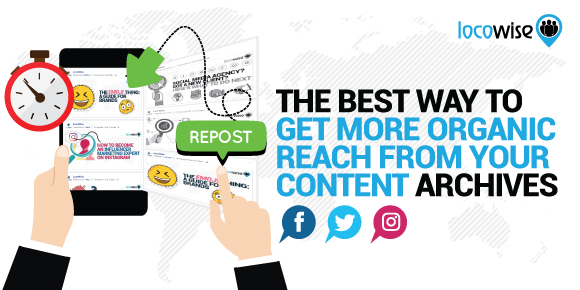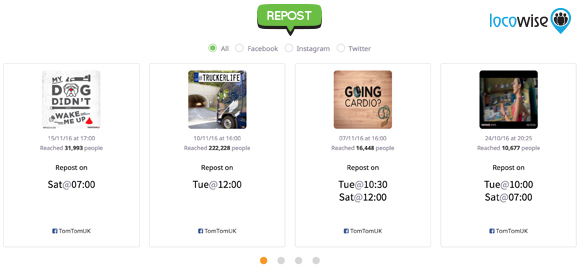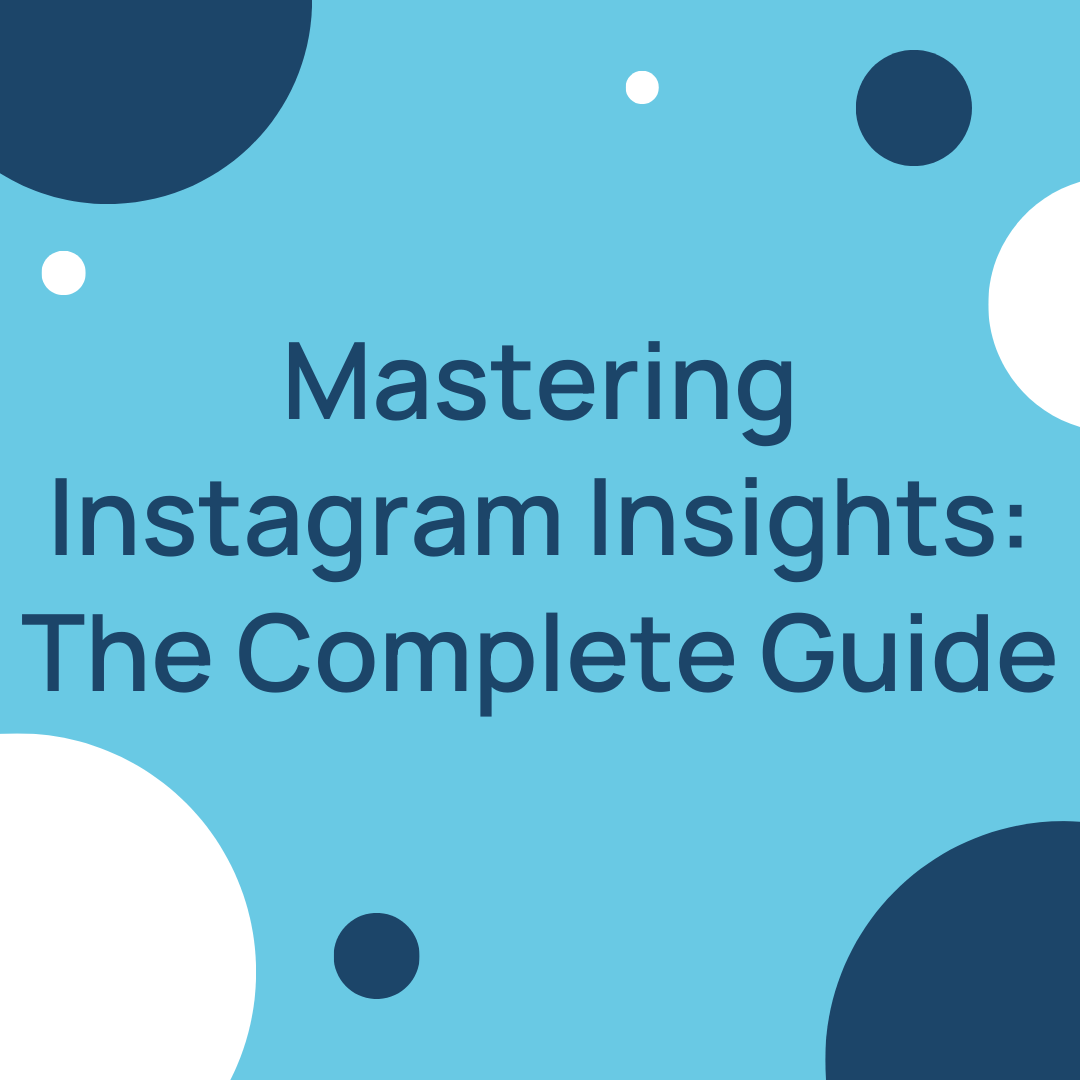The Best Way To Get More Organic Reach From Your Content Archives
Tina Ahmed posted on 23 November 2016
Your average post on social media reaches less than 10% of your total audience. 90% or more of your page likes miss the content the first time around. This is a well-known fact for everyone posting on social media and the decrease of organic opportunities is expected to continue.
If you’ve created an amazing video or have something critical to share you will be very disappointed with only 10% of your current audience getting to know about that.
Many social media marketers have turned to paid advertising in order to reach a larger portion of their audience and get the word out to even more people. It’s a great way of reaching more people and reaching them fast.

Reposting the same piece of content
But what if you don’t have that large advertising budget, or you’d simply like to squeeze more out of the organic reach? Posting a piece of content on more than one occasion is a tactic that you should consider.
This means that rather than posting a piece of content once and moving onto the creation of something new, you would repost the content more than once over a period of time. If every single time that you post you reach 10% of people that have signed up to hear from you, then posting the same content more than once is bound to increase the total number of people that you reach with that content.
Vox did an evergreen content experiment during a slow news period by refreshing and reposting 88 articles during one week. These posts brought in more than 500,000 readers. You can do something similar on your Facebook page, your Instagram profile or your Twitter account. Let’s look at some of the benefits of using this tactic.
Benefits of reposting
You get more value out of your content. It’s simple math. Posting once reaches 10% of your audience, but by posting three times you could reach up to 30% of your audience.
You spend fewer resources on creating new content all the time. Continuously creating new quality content takes an enormous amount of resources. If you can fill a part of your content calendar with reposts, it means that you need to create new content less often.
You get more time to focus on actually making quality content. Posting quality content that engages people will have a much bigger impact on your goals than posting mediocre content often. Quality content needs time and you will now have more of it. Rather than having to come up with something new every day you could take a bit more time in perfecting an idea.
Concerns about reposting
Will my audience be angry with me posting the same content? It’s interesting, but nobody seems to notice this. Nobody mentions it nor comments on it being a repost. In general, reposts get a similar type of feedback and engagement that the original posts do.
Wouldn’t my content be irrelevant and outdated when I repost it? This is something that you need to be aware of. You shouldn’t just repost something that you posted two years ago. At least not without having a fresh look at it. Is the post up to date and accurate? Is the imagery still relevant? Having this “repost” tactic in mind when you’re creating new content is useful too. How can you make content that you’re working on more evergreen and timeless?
So what else should I be aware of?
Beware not to post at the same time as you did the first time. You’re not looking to reach all the same people that you reached first time around. Switch it up a bit. Did you post on Monday morning originally? Post it on Thursday night second time around. Did you post during the weekend first time? Post it in the working hours the next time. Use the optimal day and time insights to help you figure out the different options.
New Locowise Feature Announcement: “Content To Repost”
This is a good time to announce our latest feature: Content To Repost.
“Content To Repost” helps you get more mileage out of your existing content on Facebook, Instagram and Twitter. We highlight your content that has performed well, but that you could post again in order to reach even more people in your audience. We also suggest the exact day and time you could repost the particular post.
See “Content To Repost” live now in the Scientist section of your Locowise account. Get a free trial now.









